AIA UK JOINS THE WREN CONVERSATION / Wren’s International Influence and Contemporary Relevance
Fiona Mckay
The conversation was held in St Mary Aldermary in Bow Lane. One of London’s oldest churches, it was rebuilt by Christopher Wren in 1666 after the Great Fire in an uncharacteristic Gothic style. Ticket sales for the conversation supported the charitable activities of the Square Mile Churches and the World Monument Fund. Photo credit: L King AIA
The AIA UK Chapter is committed to providing Continuing Education events for its membership based on a broad spectrum of interests. So, when the World Monument Fund Britain invited the Chapter to support the final event in its 3 part series marking the 300th anniversary of Christopher Wren’s death, the response was an immediate ‘yes, please’. This was a chance to see architecture from the rarefied perspective of critics, writers and historians, far removed from the day to day grind of working drawings, client meetings and construction delays…
The conversation held on 27 Apr 2023 took the form of a panel discussion between EDWIN HEATHCOTE (chair), the Architecture and Design Critic of The Financial Times; LLOYD GROSSMAN, President of the Arts Society; ALEX BREMNER, Professor of Architectural History at the University of Edinburgh; and ANNABELLE SELLDORF, Architect of the current works at the National Gallery.
Selldorf is, of course, known to the AIA UK Chapter for last November’s Keynote Lecture. Read more about her lecture HERE.
From left to right: Edwin Heathcote, Lloyd Grossman, Annabelle Selldorf, Alex Bremner in conversation. Photo credit: L King AIA
Wren’s influence throughout the world - but primarily in the United States - started with St Paul’s Cathedral, completed in 1710. According to one speaker, Wren’s singular treatment lent a quintessentially English interpretation to the classical elements. Wren’s use of brick in the Royal Hospital, Chelsea, completed in 1692, created a warm ‘homey’ feel that also found favour in colonial America.
The American architect Charles Bulfinch was inspired by the cathedral’s facade to design the Massachusetts State Capital, completed in 1798. Other architects followed Bulfinch’s example and then… Well, the rest is architectural history, lots of it.
Without referencing other countries with a British colonial past; without mentioning the plethora of small, clapboard and spired churches across America; without reviewing ALL 50 US capitals, the random images in the following slideshow exemplify Wren’s influence on the new, capital building type with variations on the basic elements of dome, portico and symmetry.

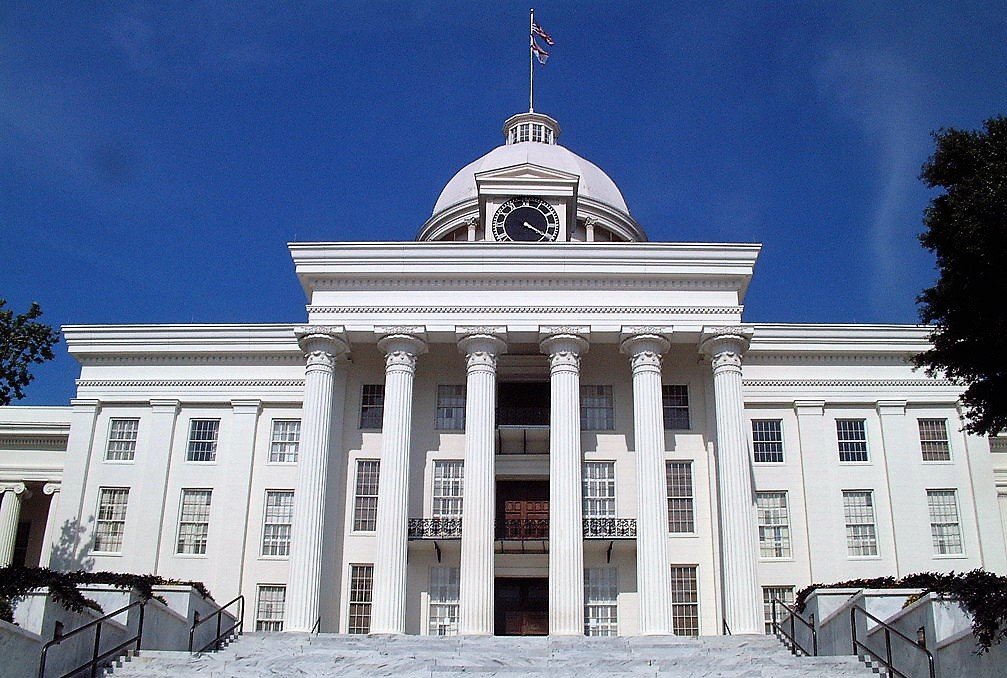
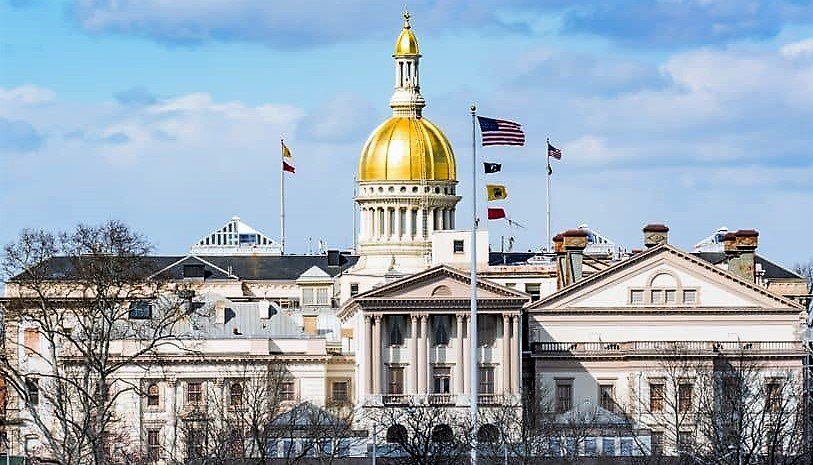
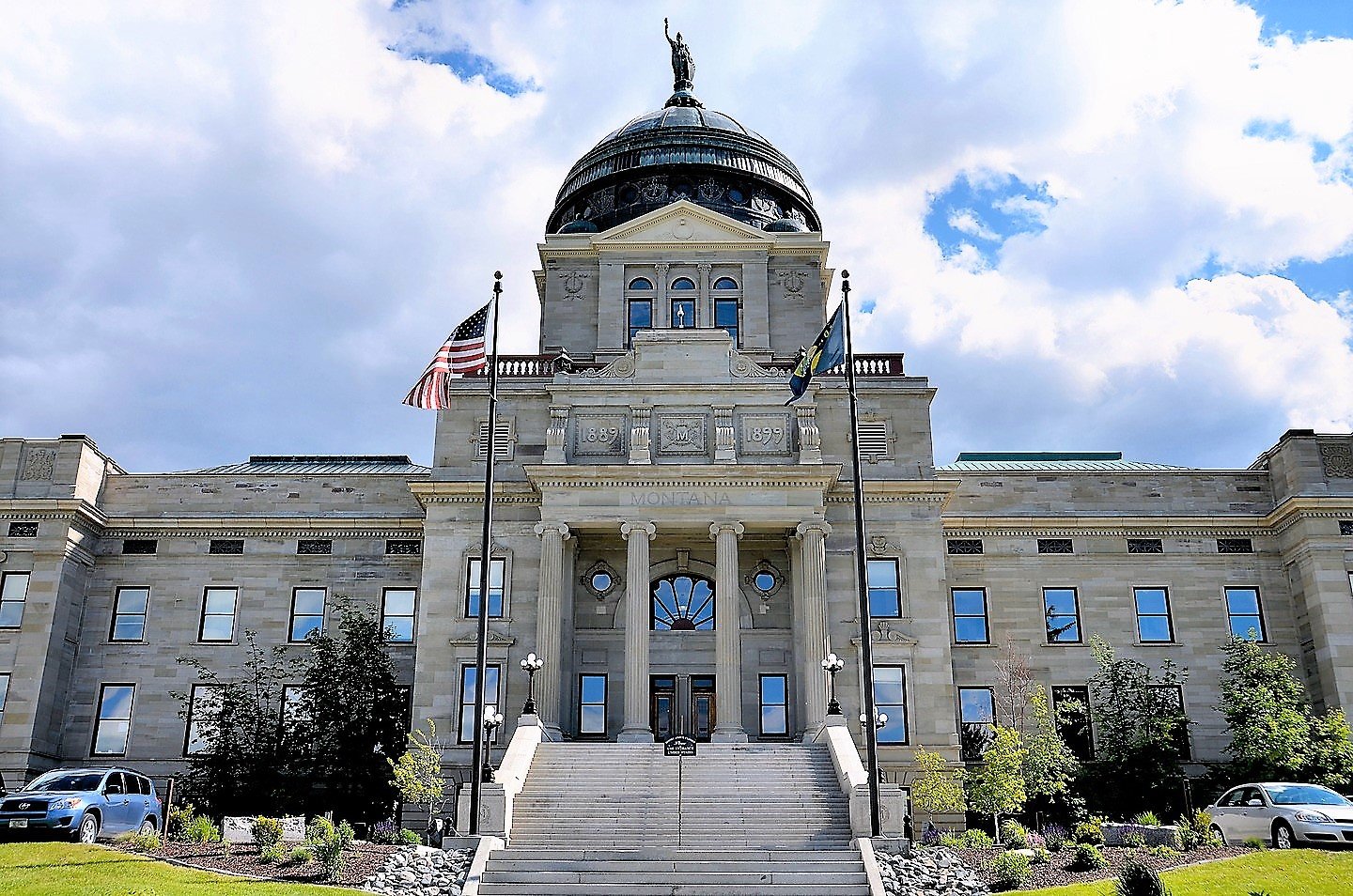


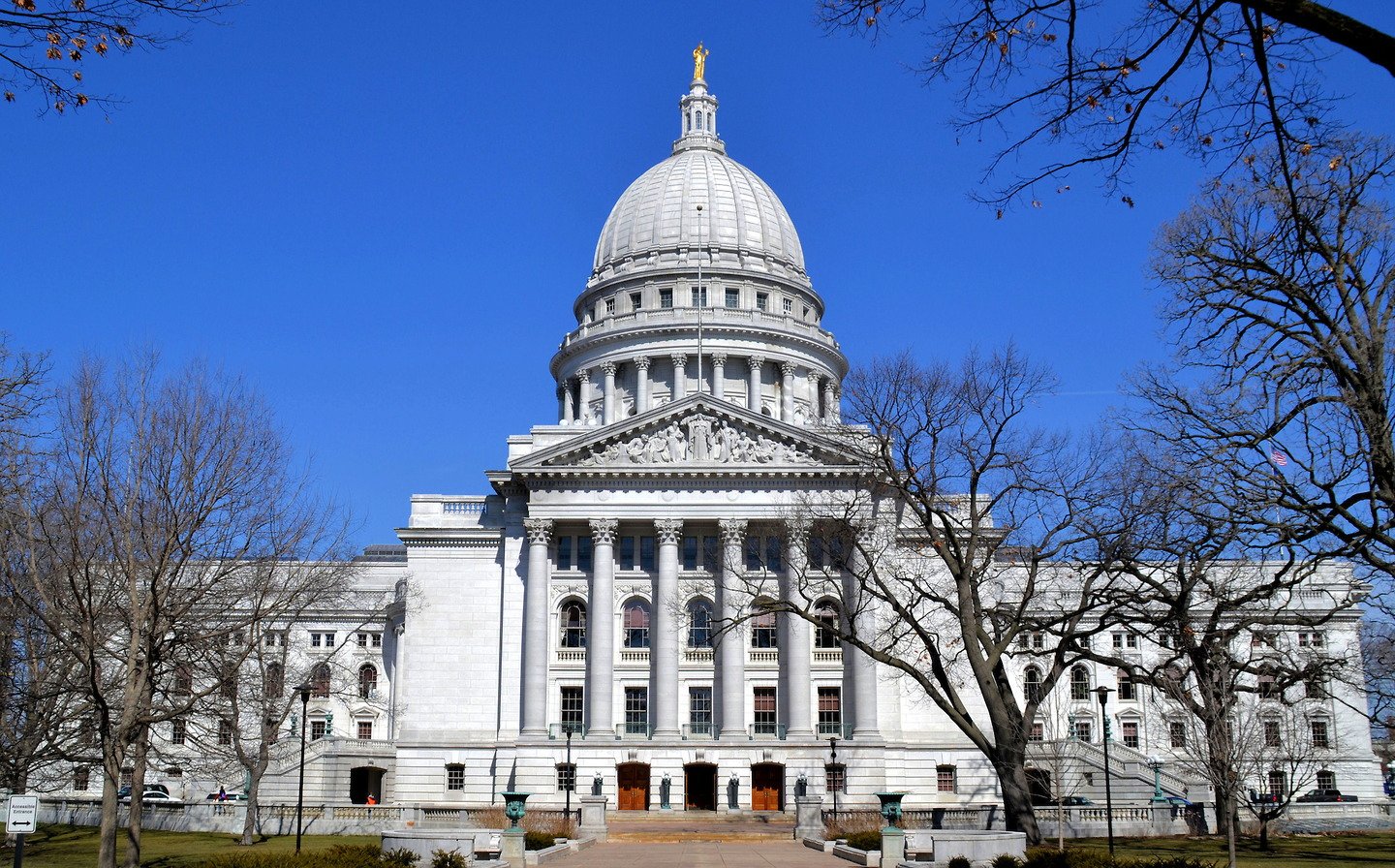

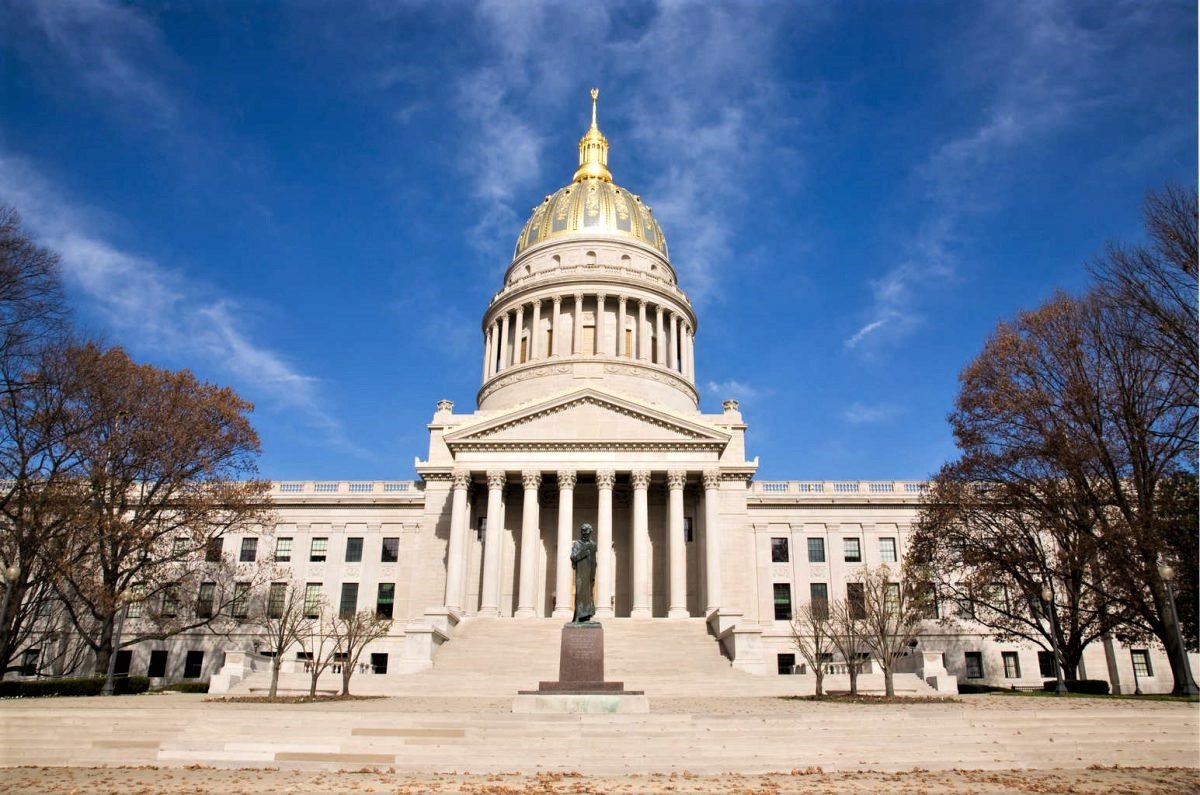
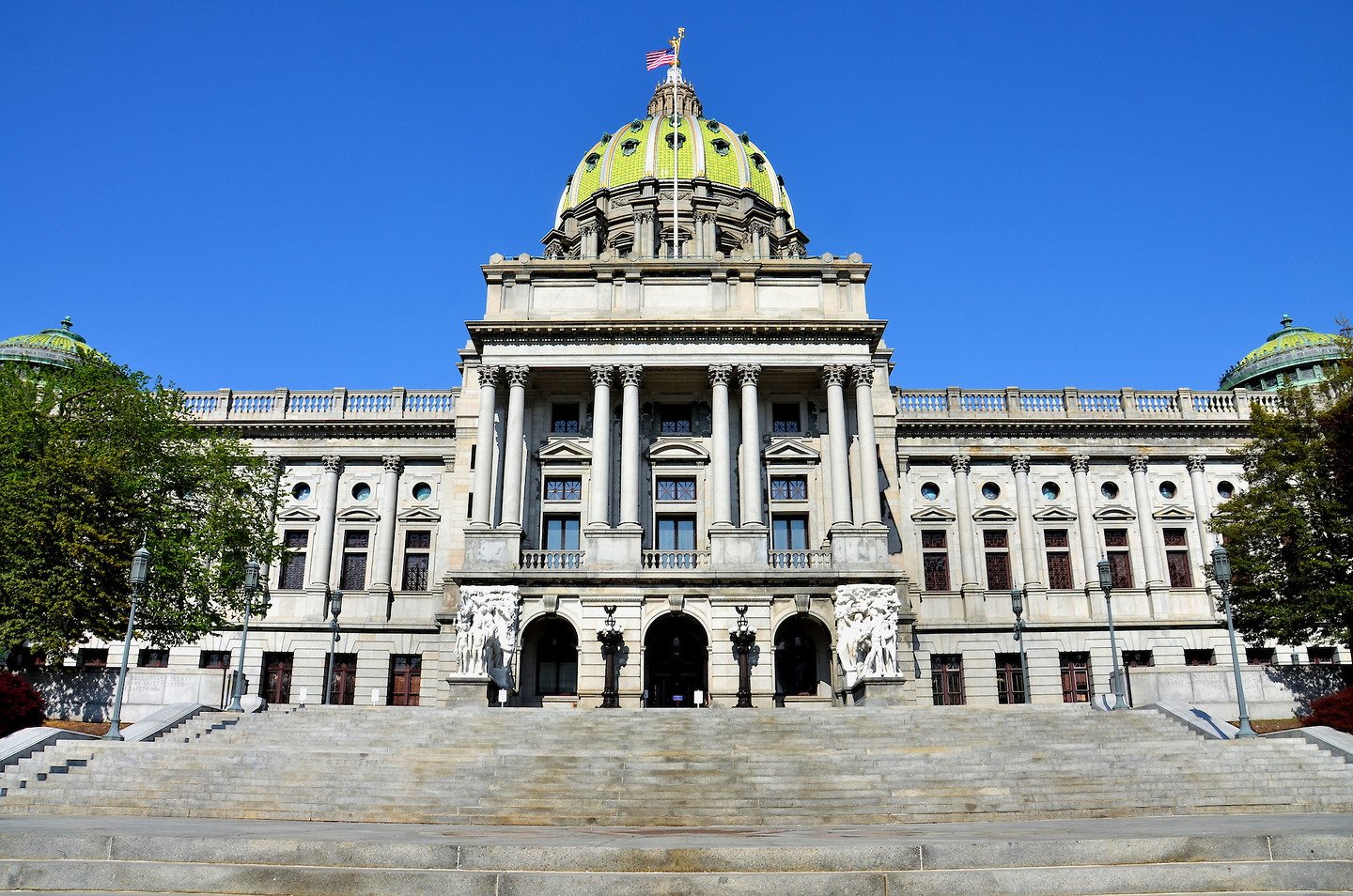
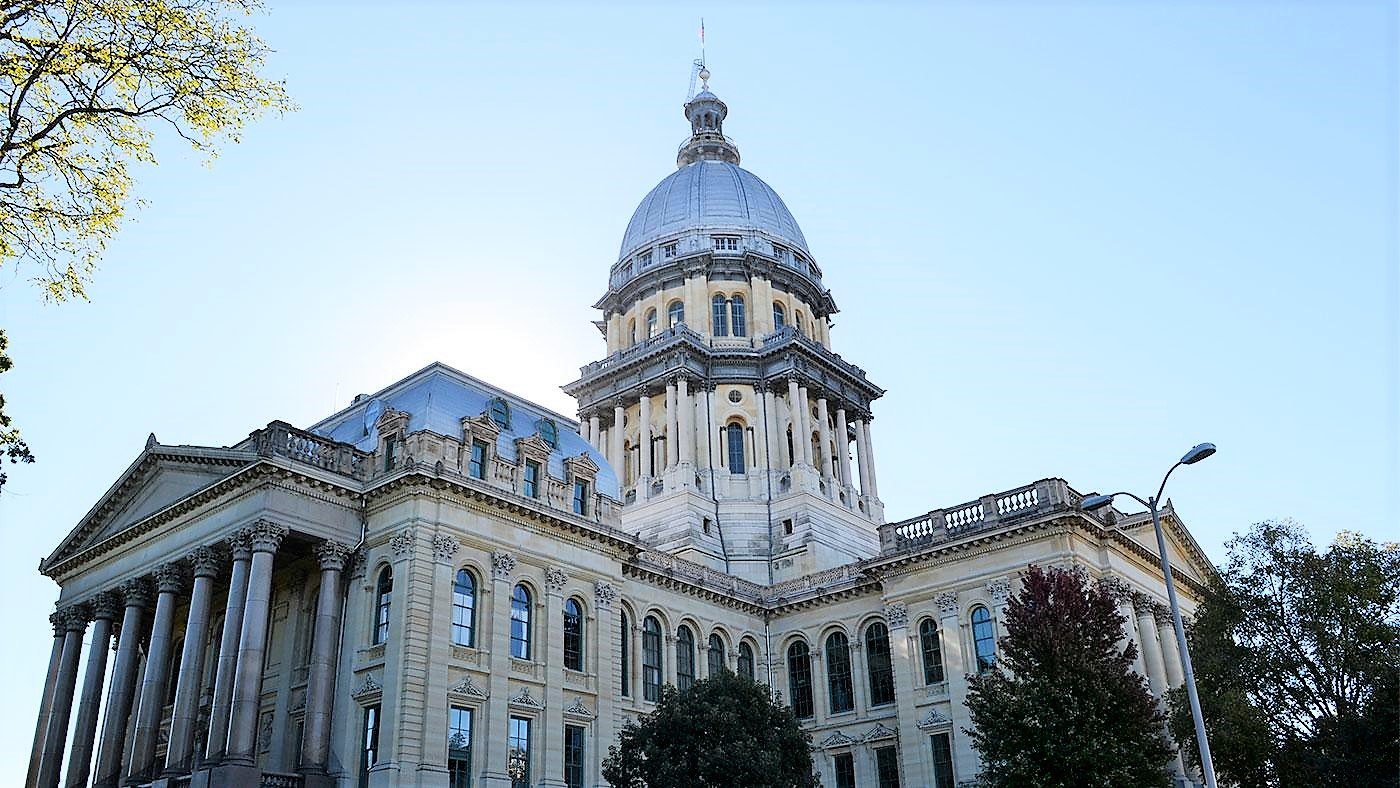
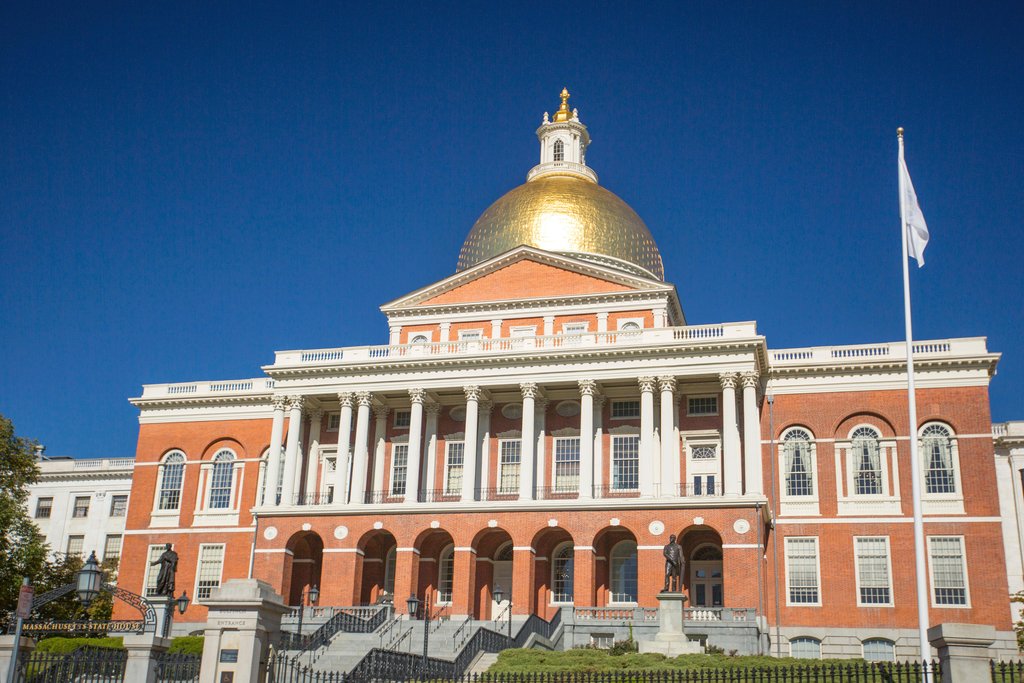
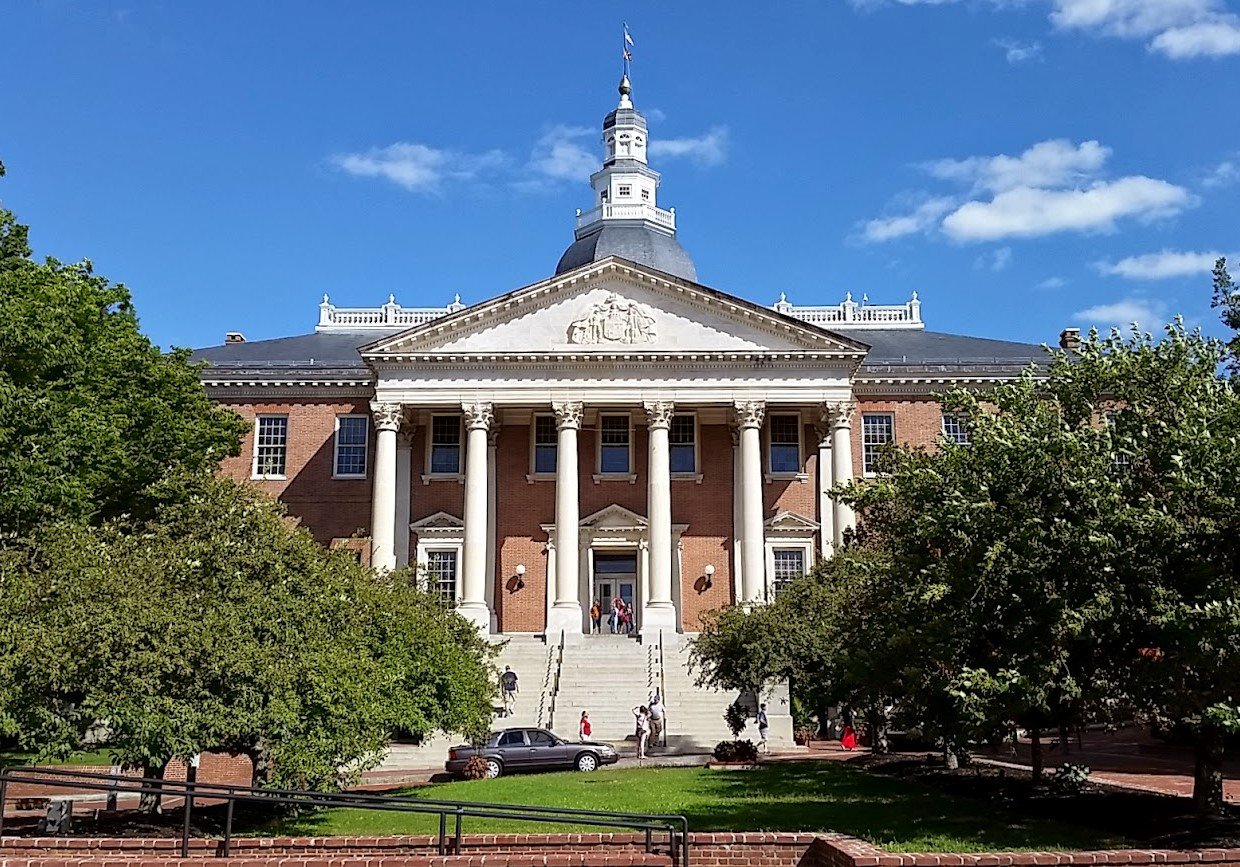
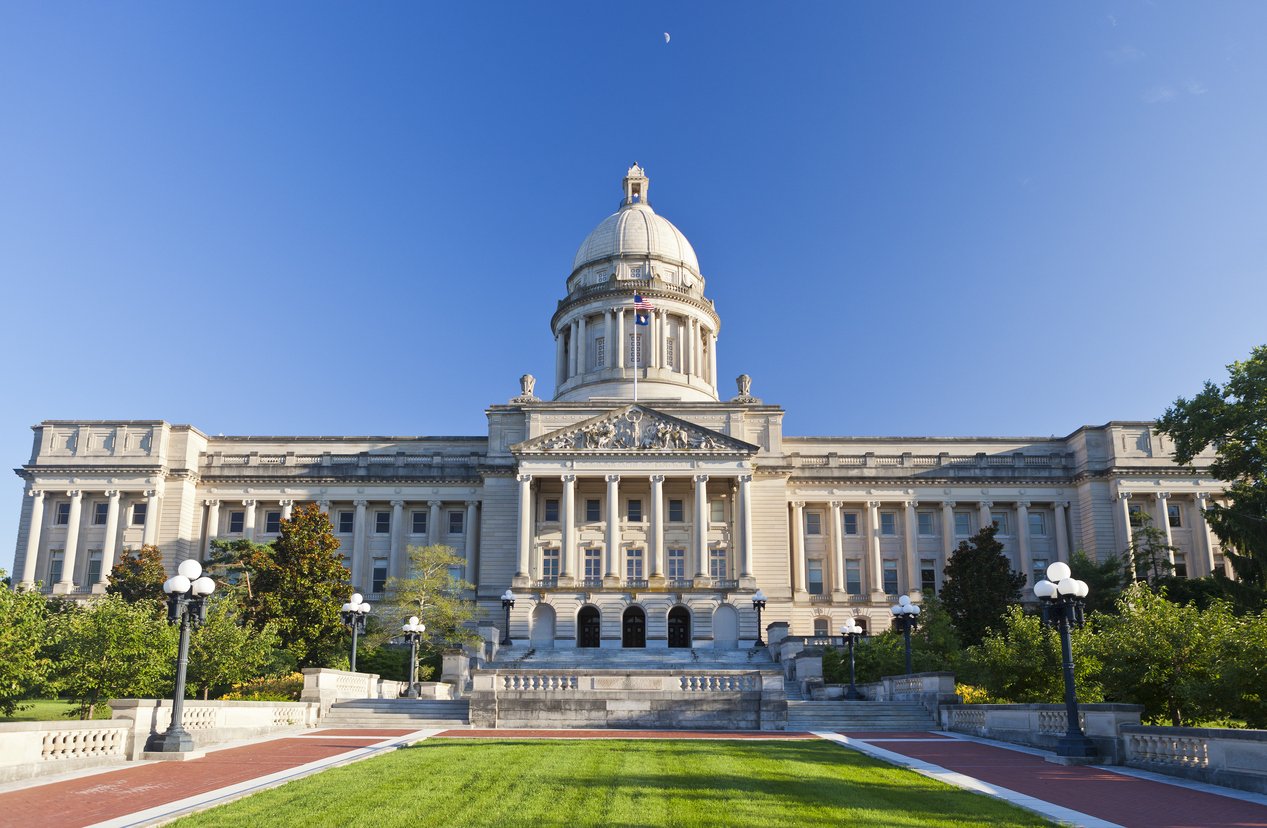
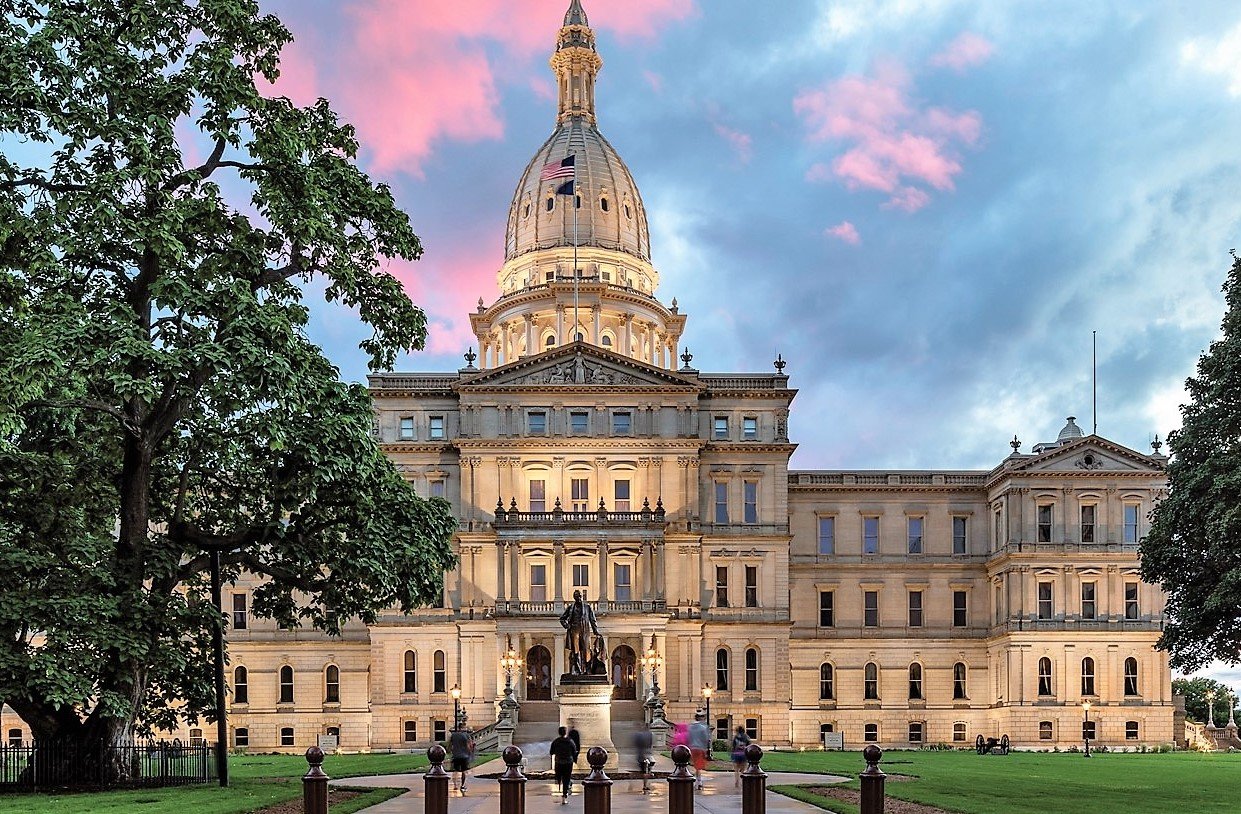
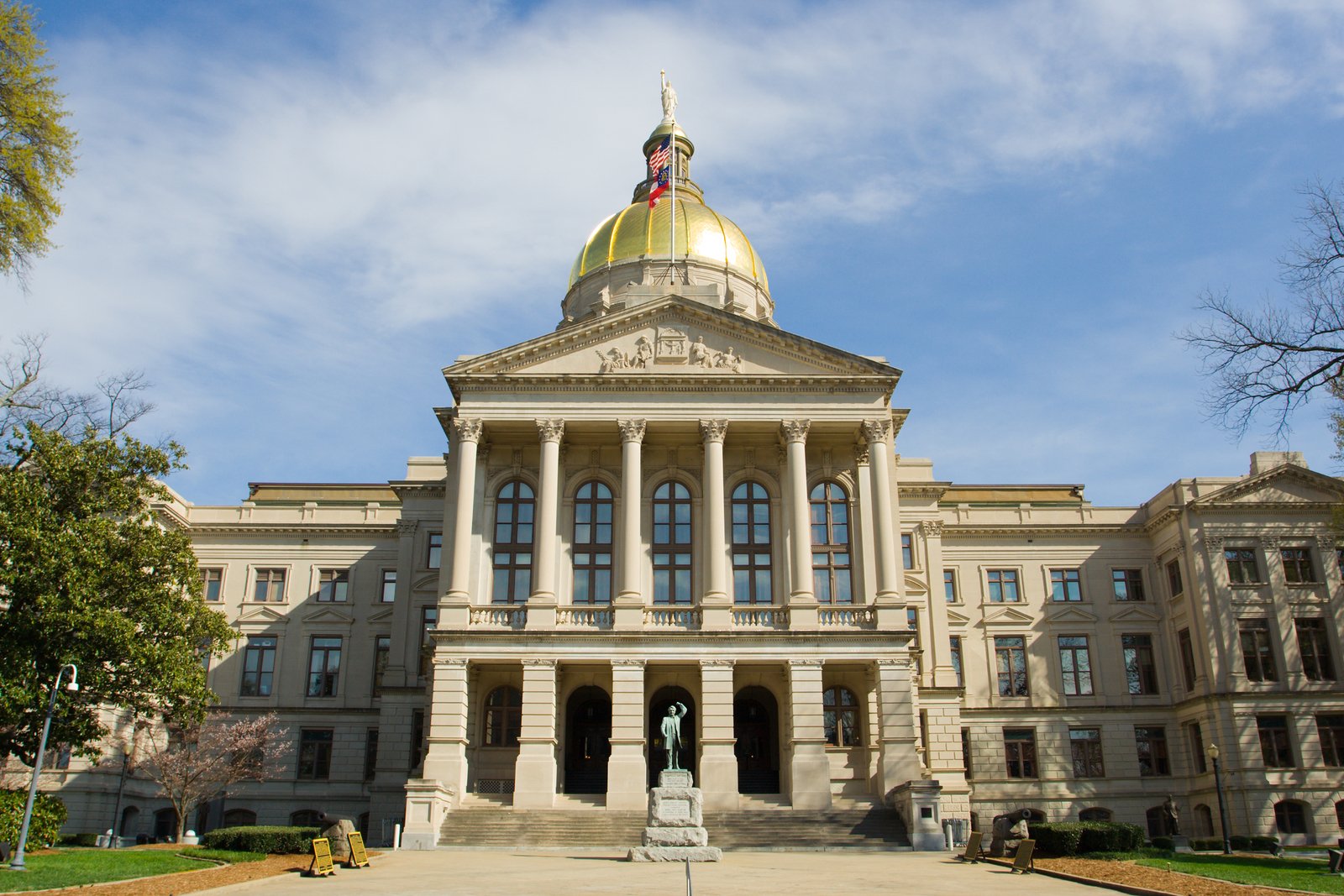
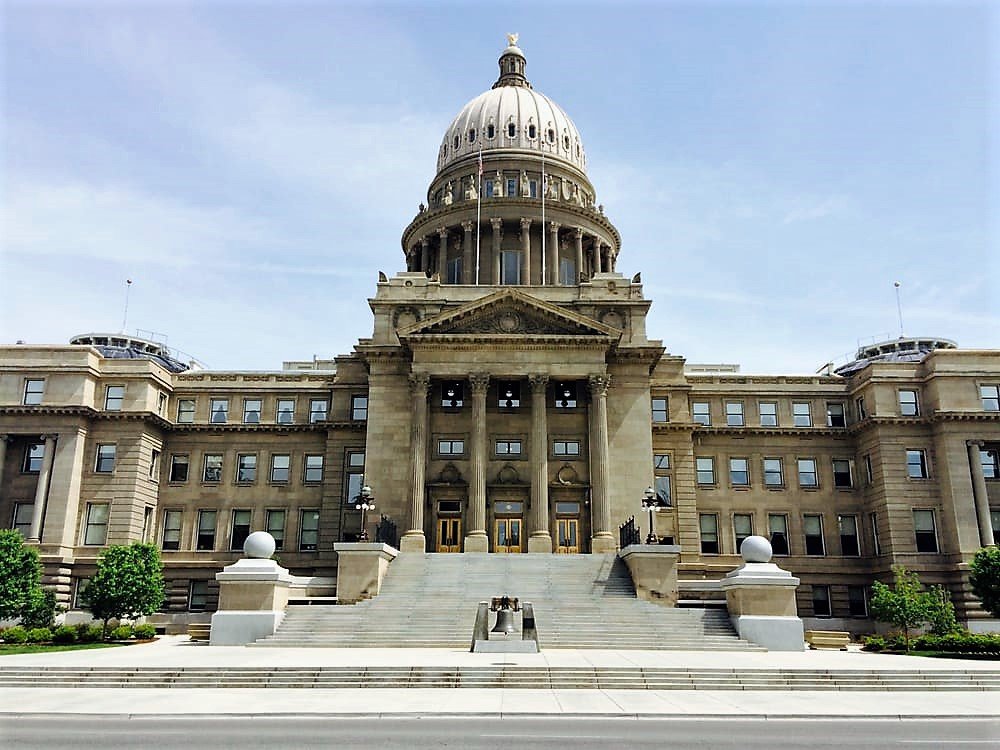
Less developed – perhaps due to time restraints – was discussion on Wren’s relevance to today’s, international designers. To the direct audience question, ‘who might we be celebrating in the next 100 years’, the panel was less forthcoming with no one willing to make a definitive response, although there were some tantalising hints. Overall, it was a question that left the audience members room to speculate on their own.
On July 12th, the World Monument Fund Britain will be giving its Annual Mellon Lecture asking the question, ‘can we and should we protect irreplaceable heritage at all costs, or do we need an honest conversation about celebrating the past, managing change and, on occasion, saying goodbye’.
The lecture will take a particular look a Hurst Castle on the English Hampshire coast, subject to intensive damage erosion due to the impact of climate change on sea levels. It should be an interesting mix of conservation and sustainability.
Written by Lorraine King, AIA




